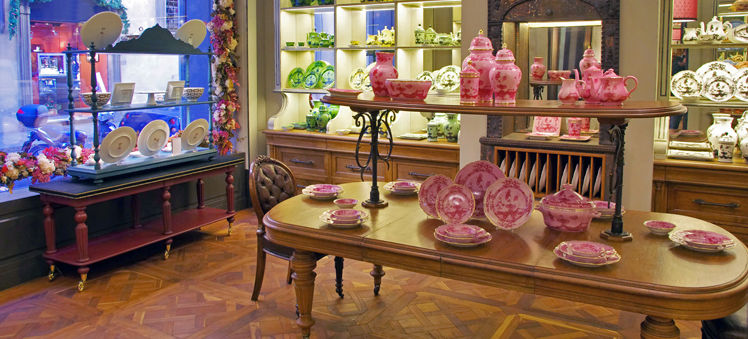 Home to luxury international fashion labels, Florence is regarded as Italy's original fashion hub. This is the birthplace of handcrafted leather goods, and remains the go-to destination for exceptional shoes and handbags. But if you want to skip the designer boutiques, you can hit up the markets and outlet malls.
Home to luxury international fashion labels, Florence is regarded as Italy's original fashion hub. This is the birthplace of handcrafted leather goods, and remains the go-to destination for exceptional shoes and handbags. But if you want to skip the designer boutiques, you can hit up the markets and outlet malls.Every major fashion brand in the world has a boutique on Via de' Tornabuoni. It's the stomping ground of the well-heeled set, who come here to shop, eat, drink, and lay their heads on the pillows of the most exclusive hotels. And because this is Florence, sometimes your shopping adventure will involve a history lesson. As at the Salvatore Ferragamo store, where contemporary fashion exhibits include retrospectives of the famous shoe designer, as well as seminars and exhibitions on fashion culture.
What's a trip to Florence without visiting one of the city's renowned local markets? The most famous is San Lorenzo, near the San Lorenzo Basilica. Filled with hundreds of stalls, it's ground zero for leather goods. But before you commit to buying, take the time to examine each piece carefully - note if the stitching lines up, the color is consistent, and the material feels supple - as there are so many stalls to choose from, you don't want to buy something subpar. And don't be shy about haggling - it's an international language here.
Ponte Vecchio is the go-to spot for gold and jewelry shopping. It's also one of the only medieval bridges in the world to house boutiques. Originally occupied by butchers, fishmongers, and tanners, it was overrun by goldsmiths by the late 1590s and has remained that way. Head here if you're looking for unique artisan jewelry.
Characterized by arabesques painted in a variety of hues, the typical style of Florentine ceramics originated in Deruta, a city in the neighboring province of Umbria. Florentine versions are handmade and painted in workshops, and sold in various locations across the city, including the Ponte Vecchio, Duomo, and Piazza Santa Croce neighborhoods. For a typically Tuscan motif, opt for a scene that includes rolling hills, grapes, leaves, and sunflowers.